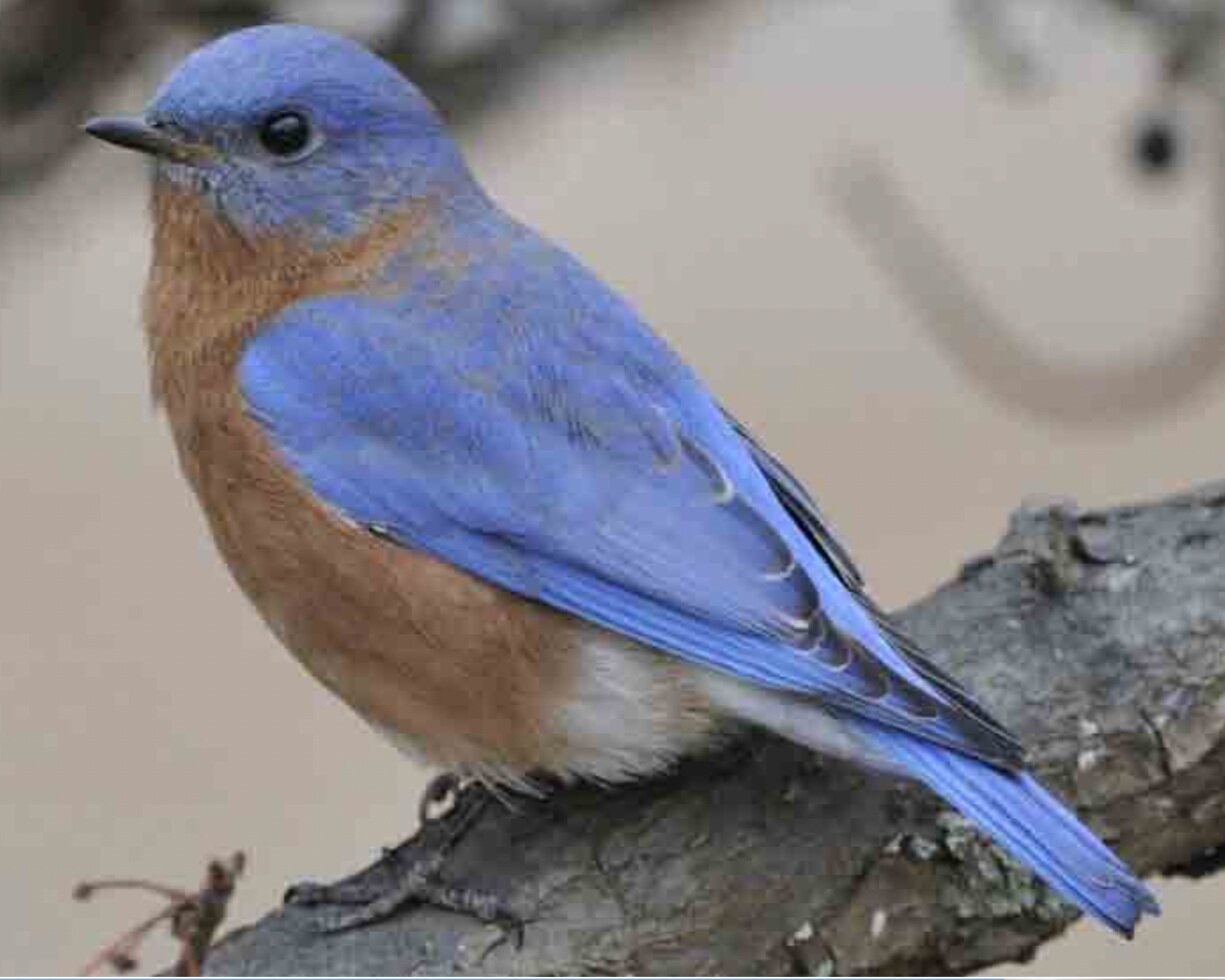The Many Birds of Hudson Crossing Park
The Many Birds of Hudson Crossing Park
Hudson crossing Park’s diversity of habitats attracts a variety of birds and more than 100 species have been observed. In addition, because the Hudson River Valley is a major migration corridor within the Atlantic Flyway, many birds come through during their spring and fall migrations.
Where the Birds Are
The park has three main habitats — river, open field, and woodlands — and different birds can be found at each. There also are some small wetlands. The places where these habitats meet can be good locations to spot birds — such as along the river shoreline and where the woods border open fields.
The River
The open water of the Hudson River attracts numerous species that feed on aquatic plants and animals. Even the river, however, differs from place to place. Downstream (south) of the Dix Bridge, the water is calmer and there you may find ducks, kingfishers, and herons. Upstream of the bridge are rapids and faster water, which appeal to different species of ducks, mergansers, and swallows that devour the many insects stirred up by the current. All along the river, osprey patrol the water, looking for fish to catch. the bald eagle often perches in trees along the banks. Even in winter, ducks, grebes, and mergansers can be found where the water is ice-free. The best places to observe birds along the river are at Eagle Point and from the Dix Bridge, but birds can be spotted in and along the historic Champlain Canal, too.
Open Fields
The big field between the pavilion and the river is good habitat for birds that prefer to nest or feed in grasslands and places with few trees. These include sparrows, swallows, and robins. Overhead, you may spot hawks, vultures, or an eagle, which use the open areas to hunt for prey. Eastern Bluebirds often nest in boxes provided for them. Most of these birds live here only in the warmer times of the year and head south for the winter.
Woodlands
Wooded areas, such as most of Eagle Point and along the Sensory Trail, harbor many of our most colorful birds, particularly in spring and summer. But they can be challenging to see because of the leaves. Often, such birds can best be located by sound, and then by patiently scanning the surroundings for movement. Cardinals, Baltimore orioles, and bluebirds are among the birds that find homes here. the pileated woodpecker is a loud and conspicuous year- round resident.
Eastern Bluebird
by Bill Thompson. Courtesy of U.S. Fish and Wildlife Service.
Pileated Woodpecker
A Pileated woodpecker forages for food in holes in trees. By Michelle Smith. Courtesy of U.S. Fish and Wildlife Service.
Bald eagle with fish
by Ron Holmes. Courtesy of U.S. Fish and Wildlife Service.
North American Migratory Flyways
Hudson Crossing Park is located along the Atlantic Flyway.






